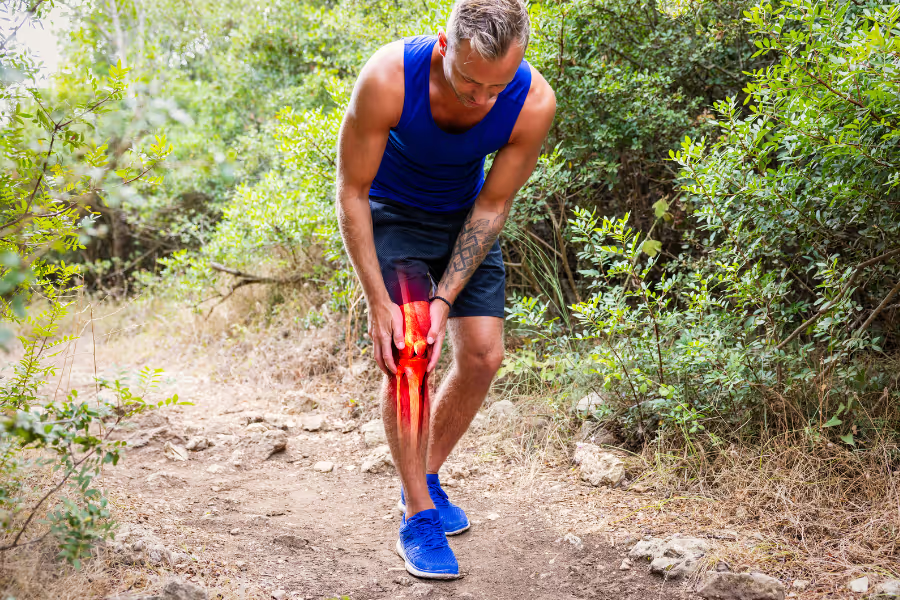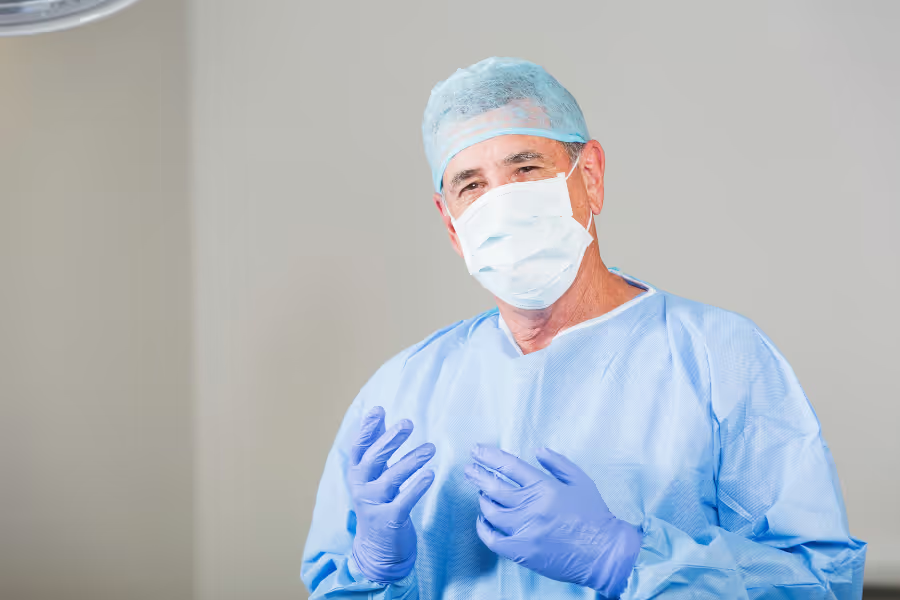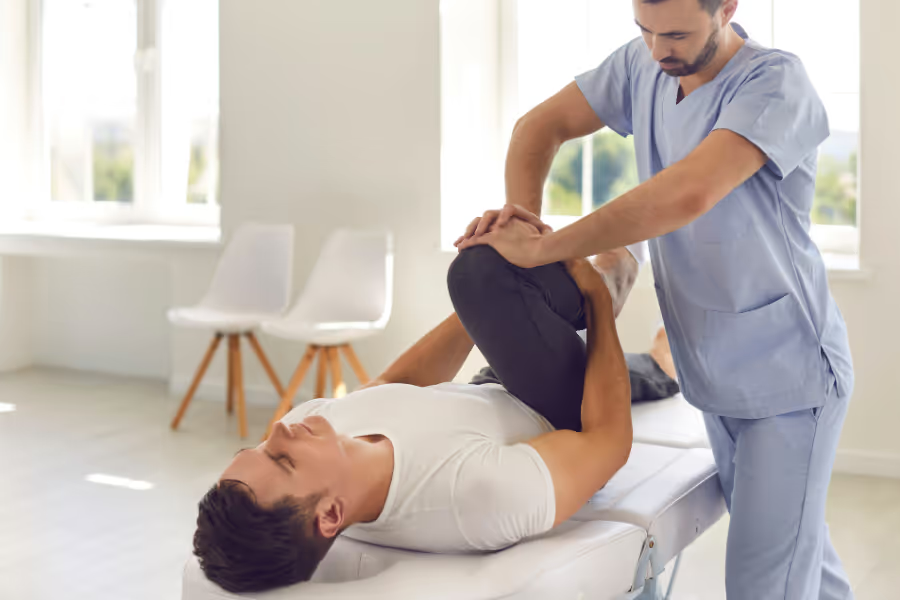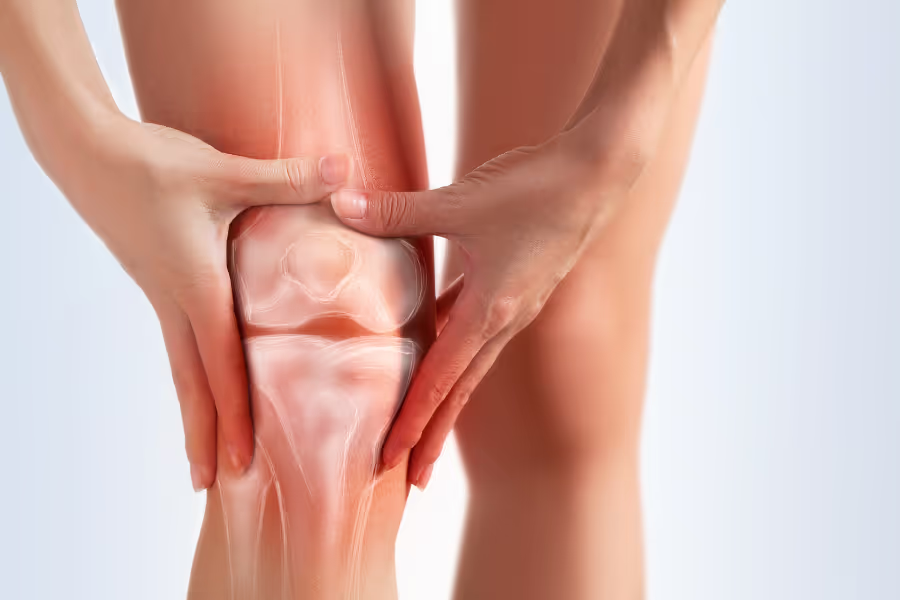Knee pain and instability can have several causes. Knee arthroscopy is used to treat and diagnose issues, often in one minimally invasive procedure. Find the right surgeon that fits your needs below, serving Canadians in major cities like Vancouver, British Columbia; Calgary, Alberta; Toronto, Ontario; and Montréal, Québec.
Informational purposes only, not medical or legal advice. Please consult your doctor or surgeon.

Knee arthroscopy is a minimally invasive surgery where a surgeon looks inside your knee with a tiny camera and fixes things using small tools through a few tiny cuts.
Think of it like sending a mini camera into a stuck door hinge to see what’s wrong and smooth it out.
Why it’s done
Consults and surgery dates are typically scheduled in weeks—not months—which means faster relief and return to work, sport, and caregiving duties.
Ability to choose a surgeon based on what's important to you (i.e. specific expertise, experience, qualifications, personal connection).
Private pathways typically provide a clear quote and surgery date/timeline, so you can arrange time off, caregiver help, and rehab. This certainty can ease anxiety and help families plan for recovery.

Knee arthroscopy takes 30-75 minutes depending on the extent of the underlying problem.

The recovery process varies patient to patient. Your recovery might look quite different, so please seek further guidance from your surgeon. In general here is what you can expect:
Week 1:
Weeks 2-4:
Weeks 5-12:
Weeks 13-52:
Knee arthroscopy costs vary quite a bit. Private clinics usually charge between $4,000 to $8,000 per knee.
In the United States, knee arthroscopy costs an average of CA$10,350.
Costs vary so much because of location, surgeon experience, facility type, complexity, and included services (some clinics offer all-inclusive, while others charge separately for anesthesia, followup care, etc.).
Most quotes for private knee arthroscopy cover:
What’s usually not included:
Choosing your surgeon is one of the benefits of going the private route. Here’s what to consider and the key questions to bring to your knee arthroscopy consultation.
Knee arthroscopy is a minimally invasive surgery that uses a small camera to diagnose and treat several issues within the knee, such as meniscus tears needing partial removal or repair; ACL tears needing reconstruction; loose bone or cartilage fragments within the knee joint; PCL tears and other ligament injuries; complications from total knee replacements.
Knee arthroscopy may make sense for you if you're experiencing instability, pain, or stiffness caused by ruptured ligaments, torn cartilage, loose bone fragments, joint damage, gout, or infection. It is advisable to attempt more conservative measures, like physiotherapy and medication.
No, you do not need a referral for private knee arthroscopy in Canada. You can book a consultation directly with a surgeon, and they will review your condition, symptoms, and any previous treatments or diagnostics.
Your surgeon will provide you with guidance on how to prepare, but you can expect some pre-surgery exercises to help with stiffness, muscle weakness, and range of motion issues.
Home prep: We recommend taking the time to rearrange your home to prepare for the first few months after surgery. Ensure everything you need is within easy reach and remove anything that presents a tripping hazard (chords, sliding rugs, loose items). You might also consider installing safety equipment like a shower chair and safety bars in your bathroom.
Support: Try to arrange for someone to stay with you for the first few days after surgery, and someone close by who can reach you in the event of an emergency for the first several weeks/months after surgery.
Work: Recovery from knee arthroscopy is much faster than total replacement, but you will still be off your feet for a few weeks. If possible, you may need to request time off work to recover.
Post-surgery practice: You might consider 'practicing' daily activities with substantially limited range of motion, such as getting in and out of the car, getting in and out of bed, putting on and taking off shoes, etc.
Knee arthroscopy is common and generally considered low risk, but carries with it the inherent risks of surgery, including infection, blood clots, stiffness from scar tissue, and anesthesia complications. Rarely, knee arthroscopy can result in nerve or vessel injury.
The risks of delaying knee arthroscopy depend heavily on the underlying diagnosis. In general, delaying surgery can result in worsening pain, further tearing, joint instability, progressive damage to the ligaments and cartilage, and compromised surgical outcomes.
There are also the general impacts on physical and mental health that come from being unable to participate in normal activites, sport, or travel.
Your individual risk depends on the problem (meniscus trim vs repair, cartilage work), health, and rehab. Discuss specifics with your surgeon.
Common and usually temporary
Less common
Procedure-specific considerations
Anesthesia/other risks
Diagnostic arthroscopy
Therapeutic arthroscopy

Browse vetted knee surgeons across Canada. Compare prices, qualifications, locations.
BROWSE SURGEONS